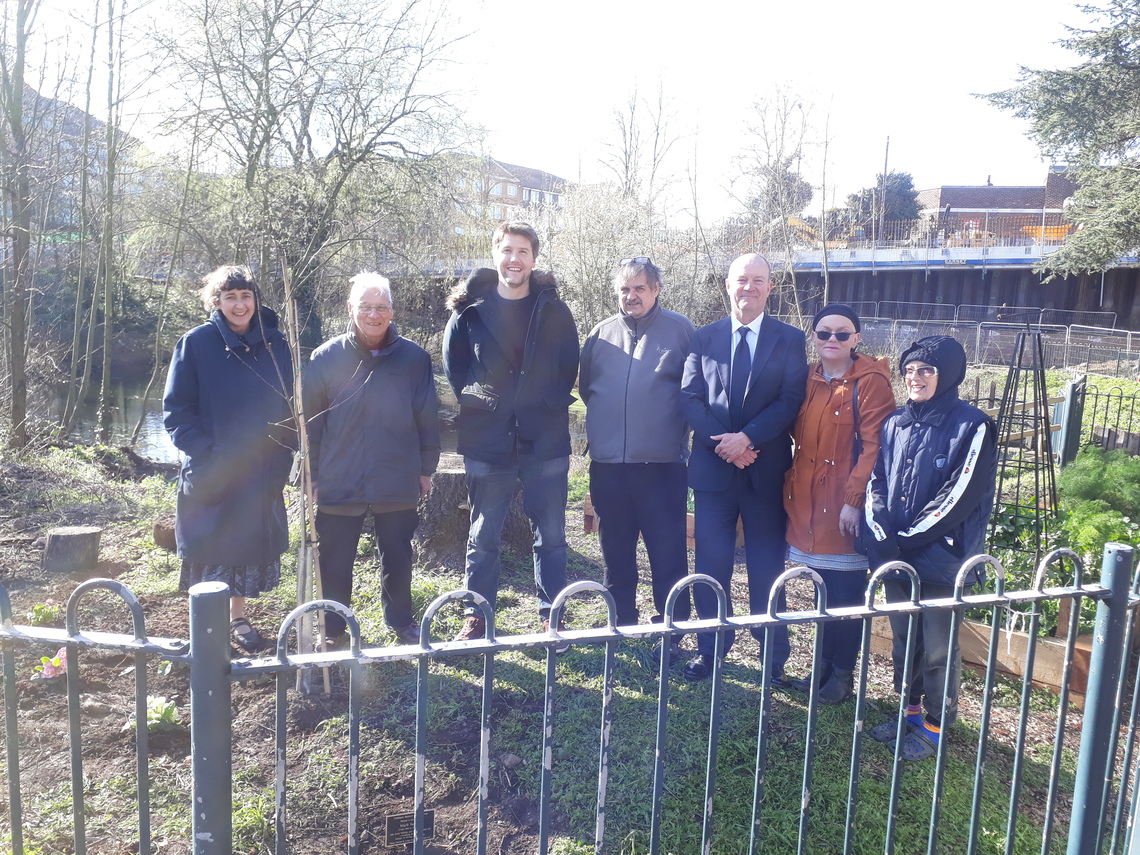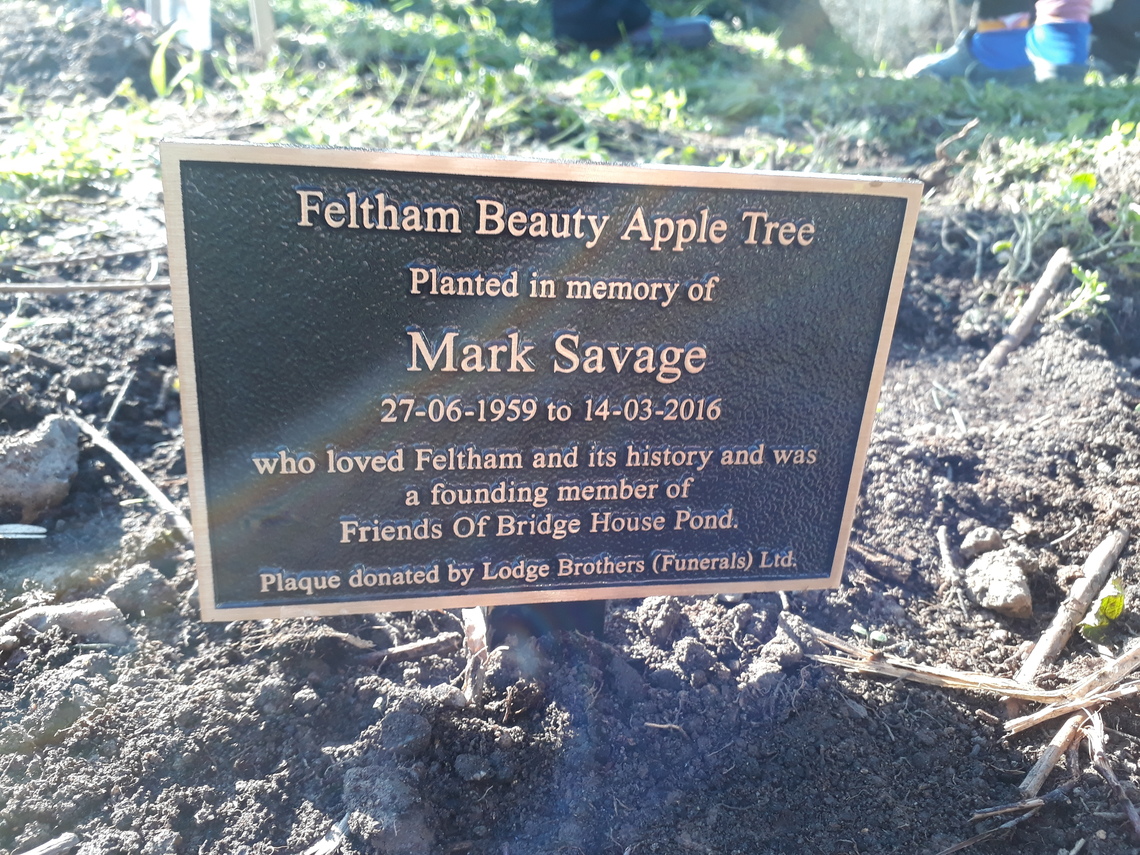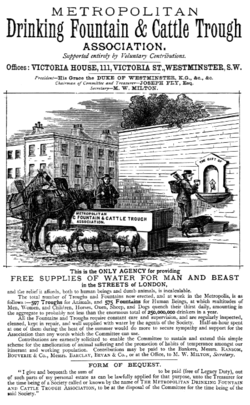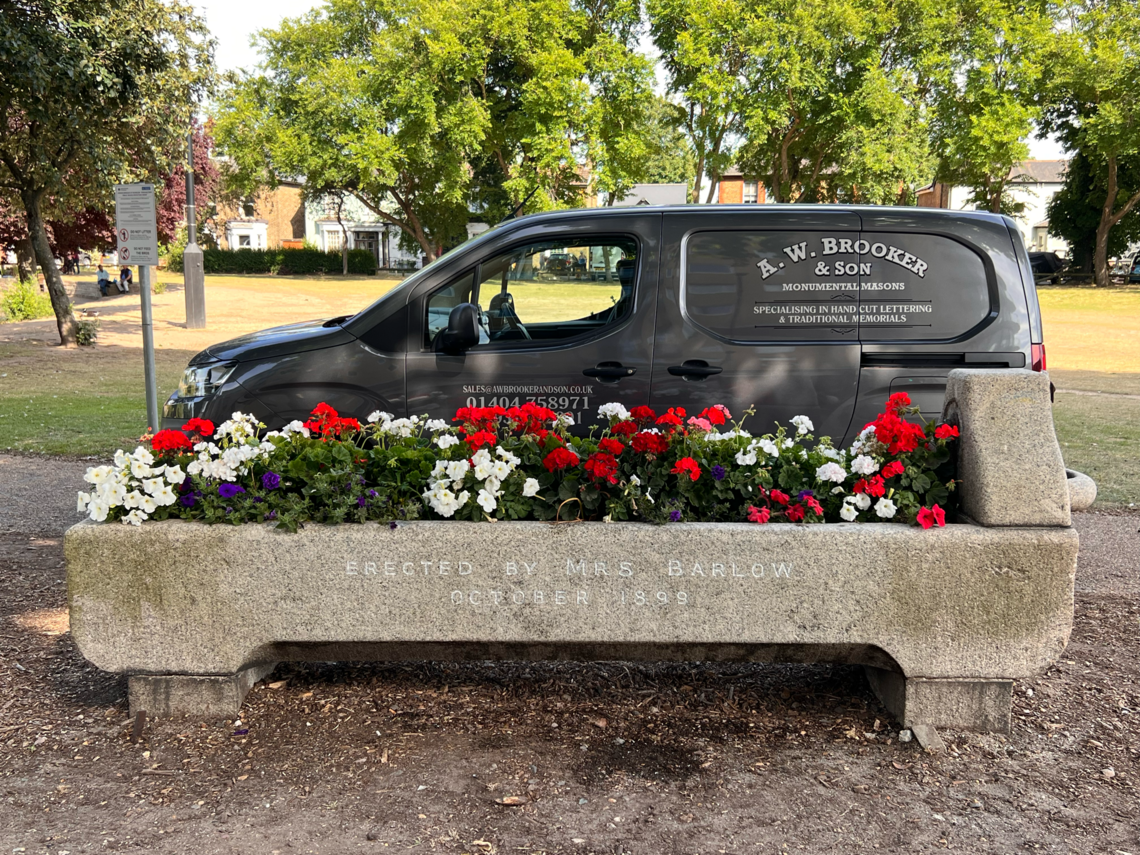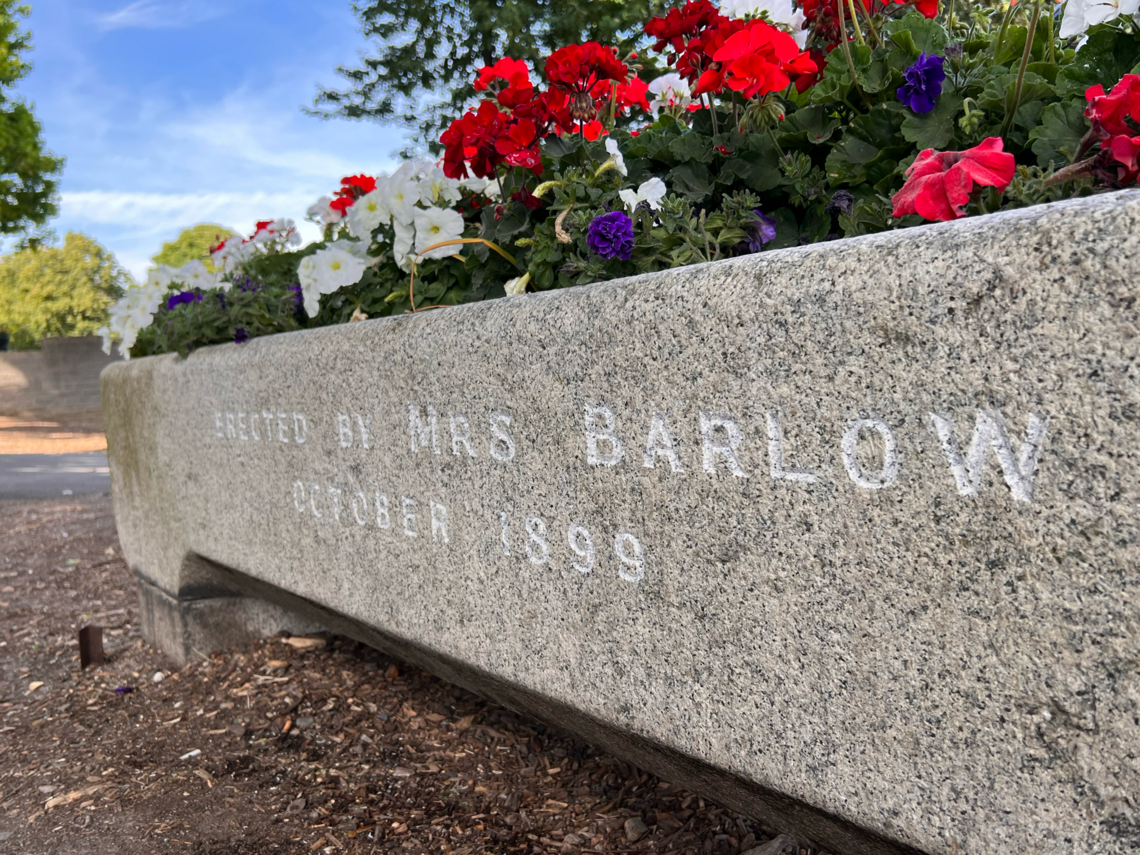The Metropolitan Drinking Fountain and Cattle Trough Association was established in 1859 by Samuel Gurney, a member of parliament, and Edward Thomas Wakefield, a barrister, to provide free drinking water. It was originally called the Metropolitan Free Drinking Fountain Association but was changed to include troughs in 1867 to support animal welfare.
The first fountain was funded by Gurney and erected on London's Holborn Hill. It opened on 21st April 1859 and became an instant success. Subsequently many more fountains were placed opposite pubs or church yards. By 1867 there were over 800 drinking fountains in the UK and ornamental and memorial fountains were donated by private benefactors.
As horse traffic declined due to the invention of the motor car, troughs were no longer built, and due to concerns about hygiene, the metal cups were replaced with bubblers (water jets). During WW1, the UK government licensed pub hours and beer was watered down.
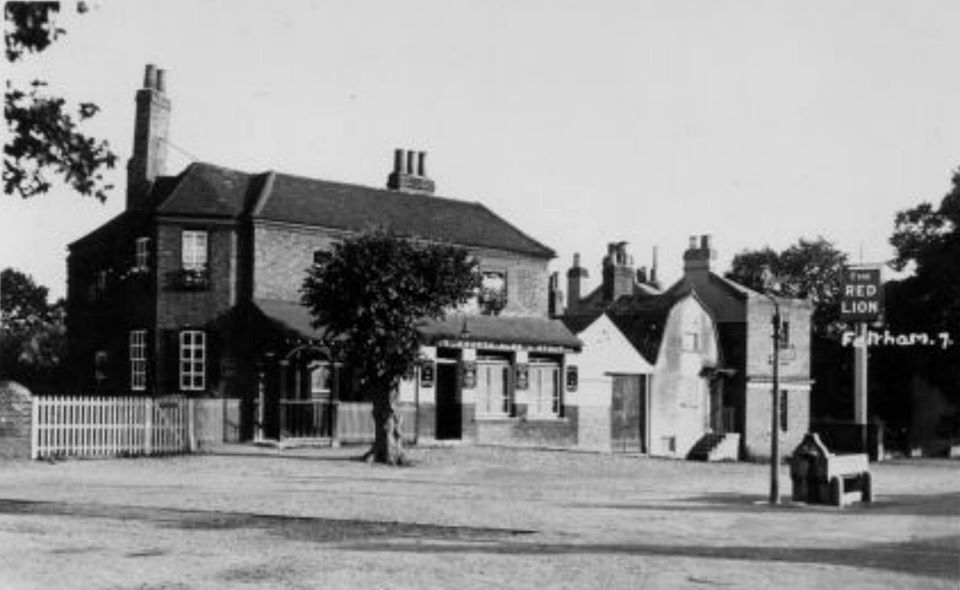
Red Lion Pub, Feltham with trough, 1930's
Feltham's trough was originally located outside the Red Lion pub (now named KTM ROX). It was moved to the edge of Feltham Green where it stands to this day. The inscription on the trough shows it was funded by a Mrs Barlow, in 1899. There is a twin trough with the same inscription located in Lynton, a small town on the Exmoor coast in Devon. There is no record of who Mrs Barlow was but perhaps she was a keen horse lover or member of RSPCA.
In June 2022, with the extra funding from the 'Flourishing Feltham Green' crowdfunding campaign, the Friends of Feltham Green asked A.W Brooker, a Lodge Bros stone mason contractor to re-etch the wording on the High Street side of the trough, and to give it a much needed clean and highlight the wording with grey paint.
Andy Brooker, who carried out the works, has given a short summary of where the granite was sourced and how the trough was made and etched around 1899. Fascinatingly, his close inspection of the trough revealed shrapnel markings, possibly from WW2.
ADDITIONAL INFORMATION by AW. Brooker
The trough is made from Cornish granite and has a fine axed face finish. Given its date, it would have been completely hand made from start to finish. The 'banker mason' would have shaped and finished the granite with fire sharp chisels, which would have be a very time consuming job. Today we use tungsten-tipped chisels, which keep a nice edge, but back then, the chisels being fire sharp would break and lose their edge very quickly, so it would be the job of the mason's apprentice to keep them sharp and also to learn how to put a good straight edge on the chisel.
The final part of the job was carving the lettering. Once the banker mason had finished, the letter cutter would then mark out and hand cut the epitaph. it would then go back to an apprentice to paint the lettering, for example in black paint for a light grey granite.
There's a lot of work into making a simple water trough and it probably took a good week to complete, with more than one person working on it.
The other thing to note about the Feltham Green trough is the presence of some large chips that look like shrapnel damage from WW2. They look similar to damage I noticed on a trough at Kew Bridge whilst working on its plaque.
Water Trough 2022
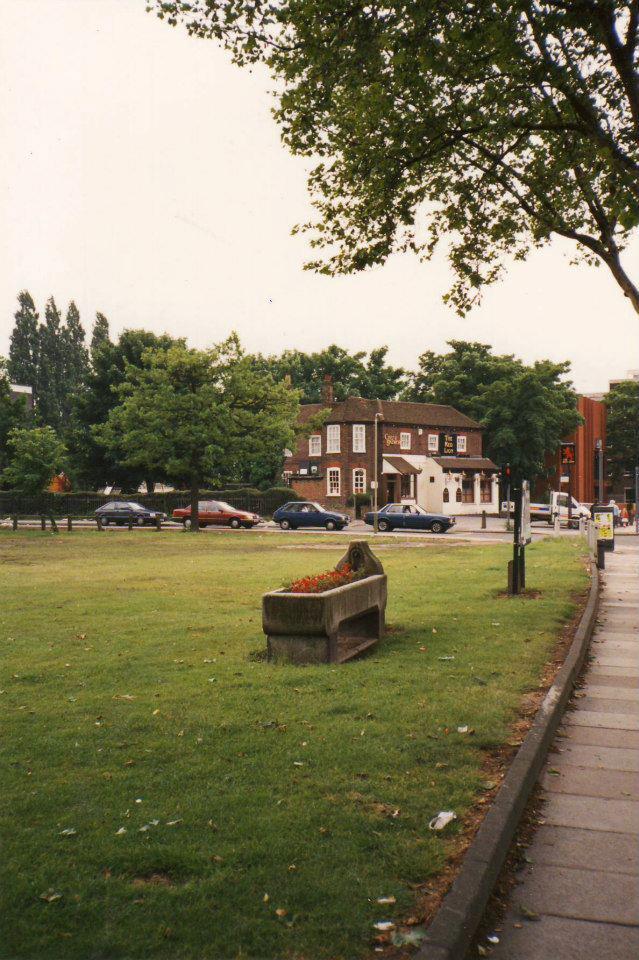
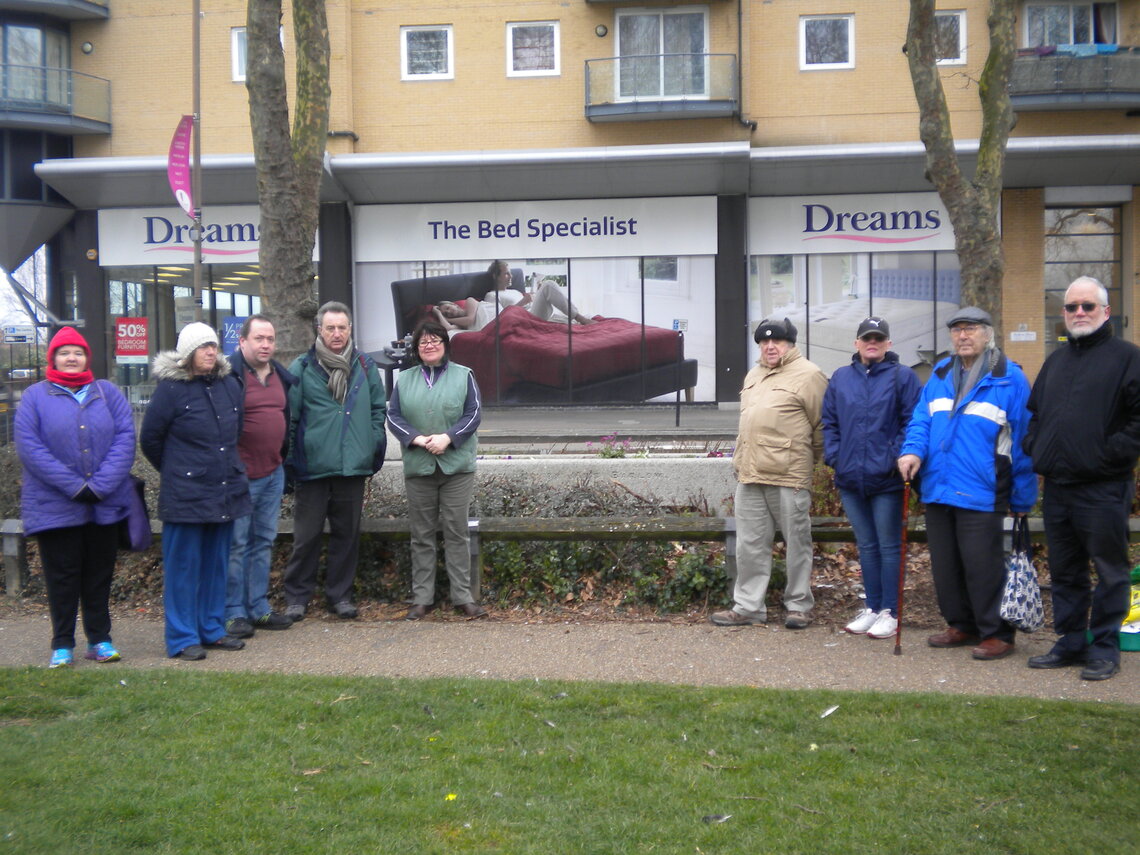
Today the trough today is planted up in memory of Mark Savage, a resident who greatly supported community groups. He was a member of Feltham History Group and Secretary of Friends of Bridge House Pond. In addition, he ran a very popular local history Facebook page, the Feltham, Hanworth and Bedfont Appreciation Society. Whilst watching a quiz show , Mark learnt about the 'Feltham Beauty' Cox's Pippin apple. It was originally grown in the Veitch Nursery, in Langley, Buckinghamshire. The apple won an award at the Royal Horticultural Society show in 1908. Harry Veitch bought land in Feltham in Bedfont Lane, and must have fallen in love with the village to name the apple after it.
Through the wonderful work of the Friends of Bridge House Pond, a small market garden has been established that includes the Feltham Beauty. It was planted in 2019 in memory of Mark, with a small plaque donated by Lodge Brothers.
Friends of Bridge House Pond Facebook link:
https://www.facebook.com/groups/BridgeHousePond/
